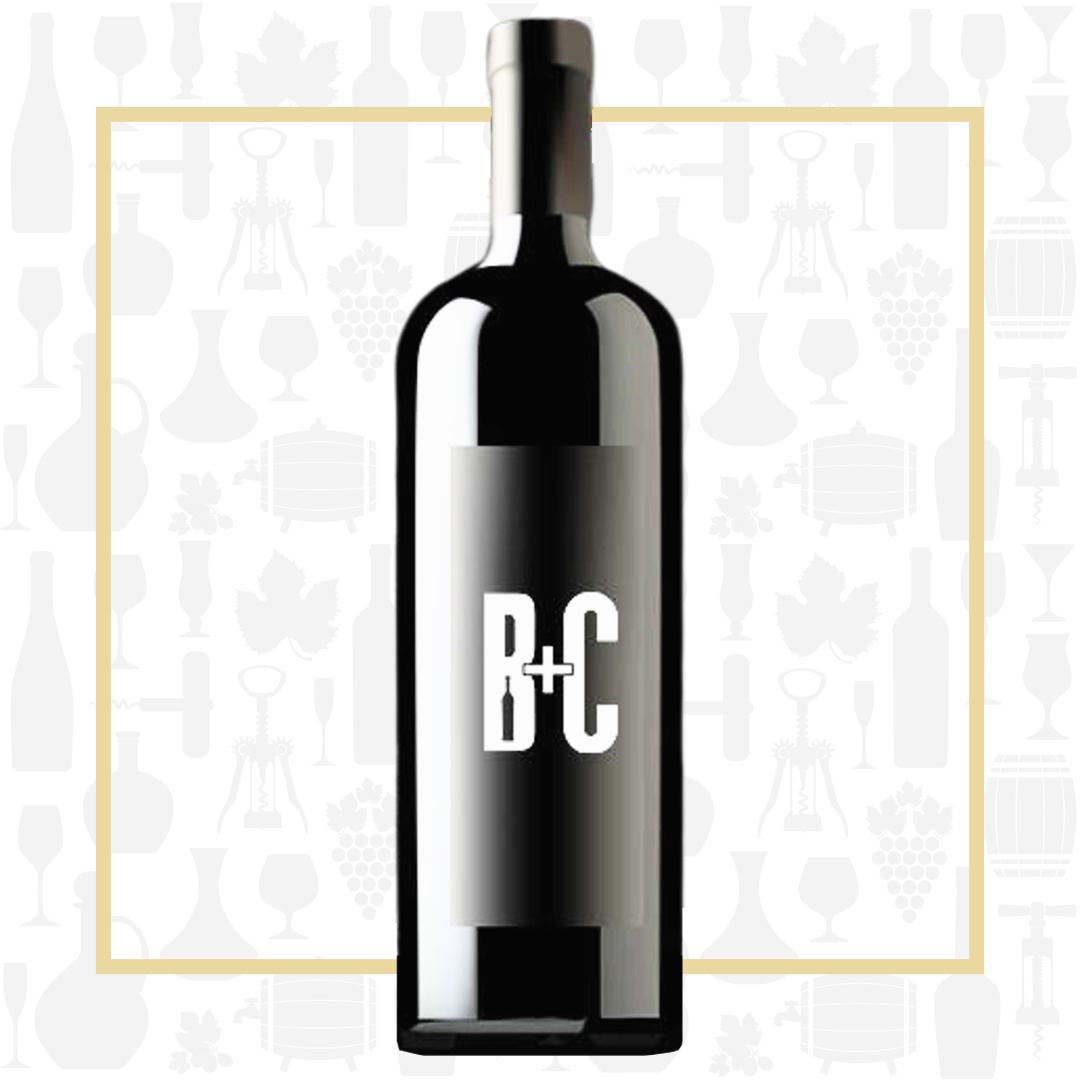Cellar Profile
In a tiny northern area of Emilia-Romagna, Italy, sandwiched between Piedmont and Tuscany, sits Piacenza. It was here that Felice Salamini decided to build a small vineyard to craft fine wines from autochthonous Malvasia, Barbera and Bonarda. It was here that Luretta was born! 30 years and untold successes later, Felice’s son Lucio has taken over at the helm and the property under vine has expanded to almost 50 hectares. The philosophy of the winery is simple: stress the vines, restrict yields, use organic and biodynamic principles and craft structured, elegant wines. To that end, there is no use of fertilizers or irrigation. The vines are purposely starved of nutrients and water, with severely restricted yields to thicken skins and long hang times to ensure full phenolic ripeness. Hand-harvested and meticulously sorted, Luretta uses only Allier French oak for aging and fermentation when wood is called for.
Region
The Colli Piacentini which give the DOC its title are the hills to the south of Piacenza, Emilia-Romagna’s most westerly city. These are the foothills of the northern Apennines, which run northwest to southeast through Emilia-Romagna, providing a patchwork of terroirs among their peaks and valleys. Many of the vineyards of the Colli Piacentini are planted on the rolling hills leading up to the northern slopes of the Apennine Mountains. The vineyard soils are composed of a mix of clay, marl, sand and sandstone from the Pliocene epoch.
Vineyard
Gazolla is a commune in the Province of Piacenza, in the Italian region of Emilia-Romagna, located about 150 kilometres northwest of Bologna and about 15 kilometres southwest of Piacenza. The vineyard was planted in 1998 and is organically cultivated on single spurred cordon.
Winemaking
18 day fermentation in stainless steel induced by indigenous yeasts.
Varieties
There are a multitude of different clones of Malvasia found all over Italy. Although from different origins, they all share some characteristics including a spicy fragrance of musk and apricot and rather high residual sugar. These traits make Malvasia particularly suitable for the production of sparkling and sweet wines. The Malvasia Bianca grape, which is usually used in blended wines, is found mainly in southern Italy but also in Friuli Venezia Giulia.
Tasting Notes
Bright golden colour. The aromatic imprint of the vine deeply marks the bouquet with notes of orange blossom, lychee, green peach, grape skin, bergamot and candied sugar. The palate flows through the aromatics with seductive fruit and flinty minerality.

